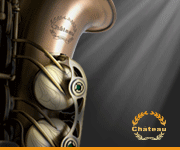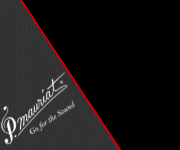Re: Buescher True Tone soprano compensator key.
I think you are simply referring to the upper stack float key.
The lower stack has one also. Between G# cup and F cup.
As with the upper stack situation, any key depressed in the lower stack will close the float key and also close G# if G# is activated.
On horns with a front F, the front F key is between B and the upper stack float key.
Yes, on a soprano, millimeter measurements can and do make a note play in tune or out of tune.
A good tech will playtest a horn and make final adjustments with a tuner prior to delivering to the owner. The average ones dont even bother. The bad ones do a very bad leak check and tick off players.
I myself got into refurbishing vintage horns the same way you are, by researching and questioning how things work.
Just an FYI. The first step at setting up a saxophone correctly, is getting upper stack Bflat key to move correctly with the lower stack float key. All the rest of the setup branches out from this point.
Enjoy
Reply To Post
 Forgot Username? Forgot Password?
Forgot Username? Forgot Password?











